More Thai eateries in heartlands
It used to be an occasional affair, but these days, getting your regular Thai fix no longer involves a weekend sojourn to the Land Of Smiles, or a trip to Golden Mile Complex (loosely known as Singapore’s Little Thailand).
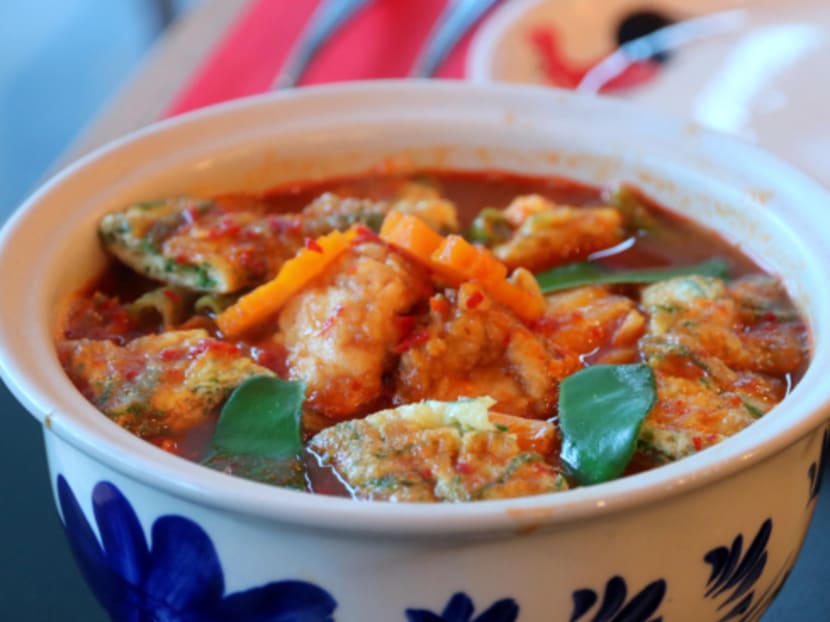
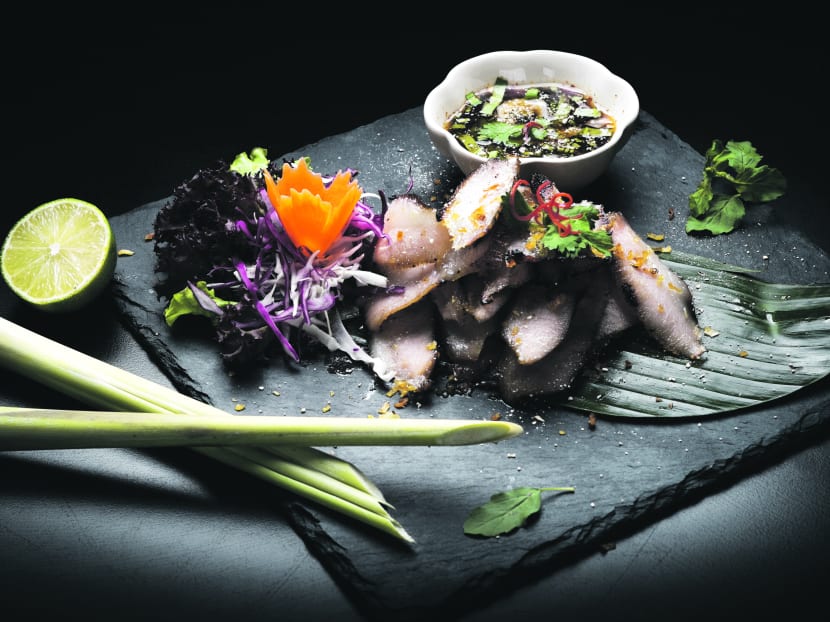
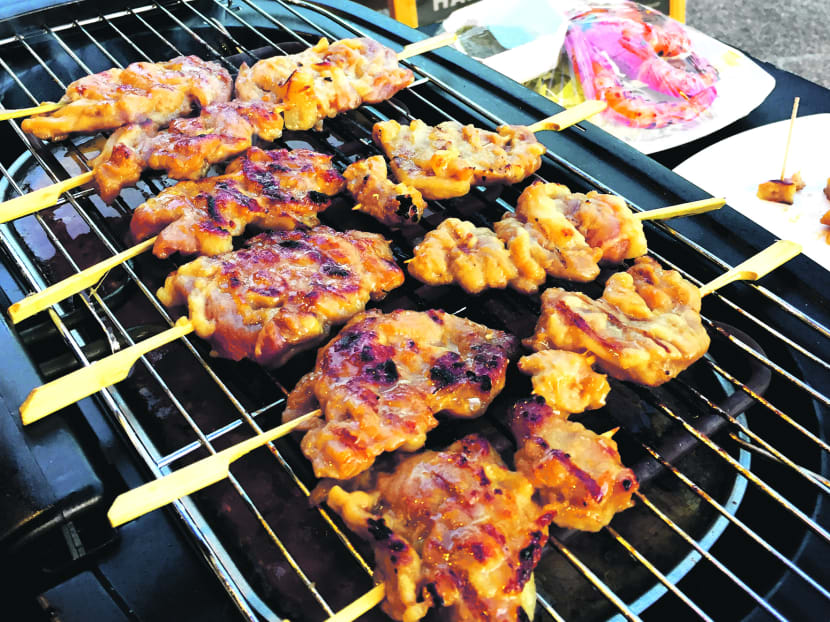

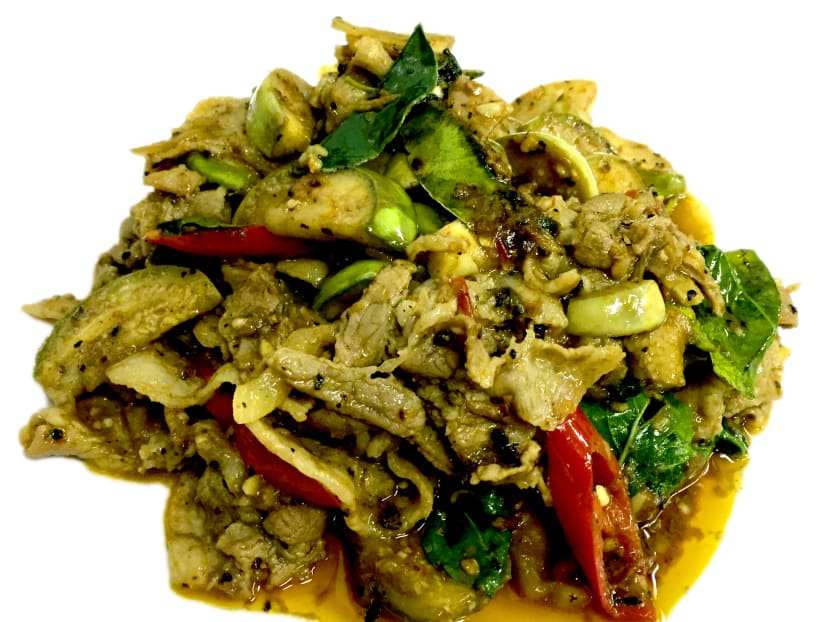
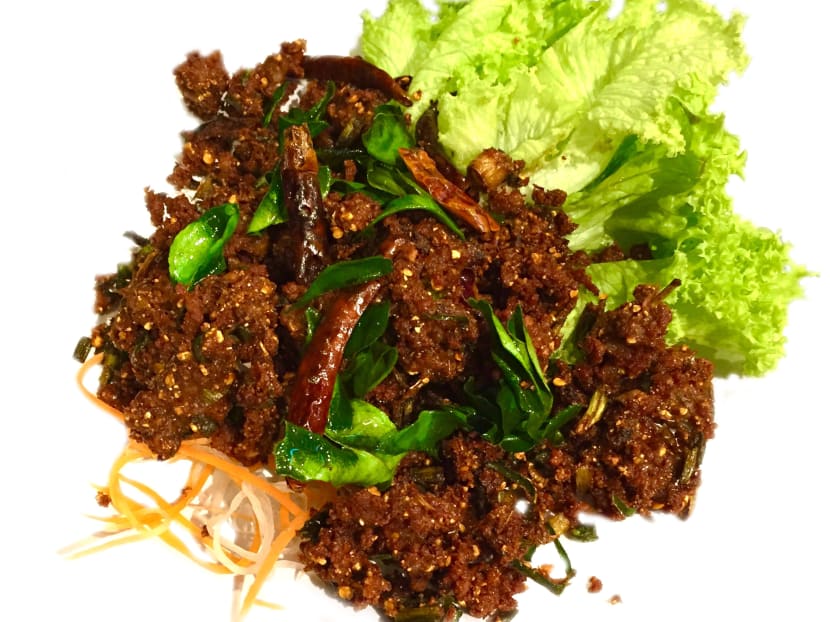
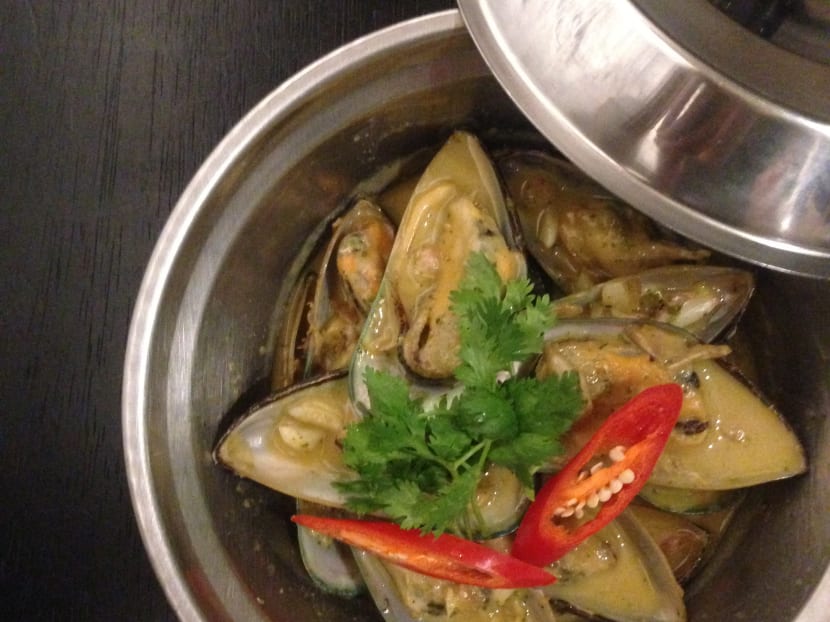
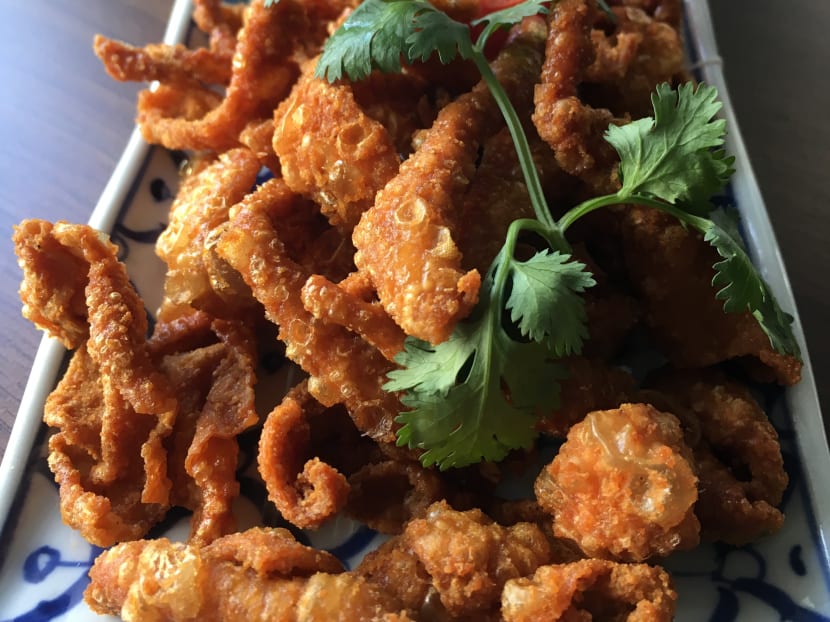
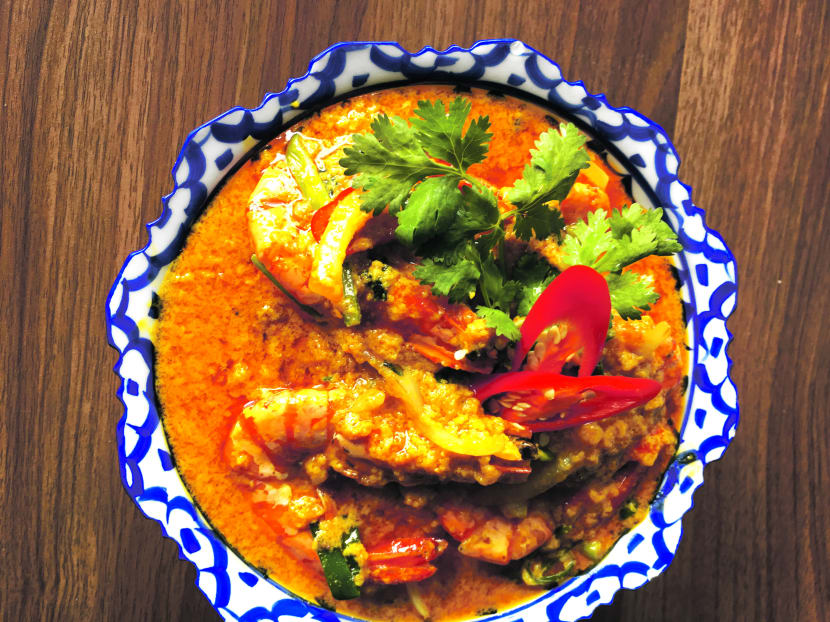
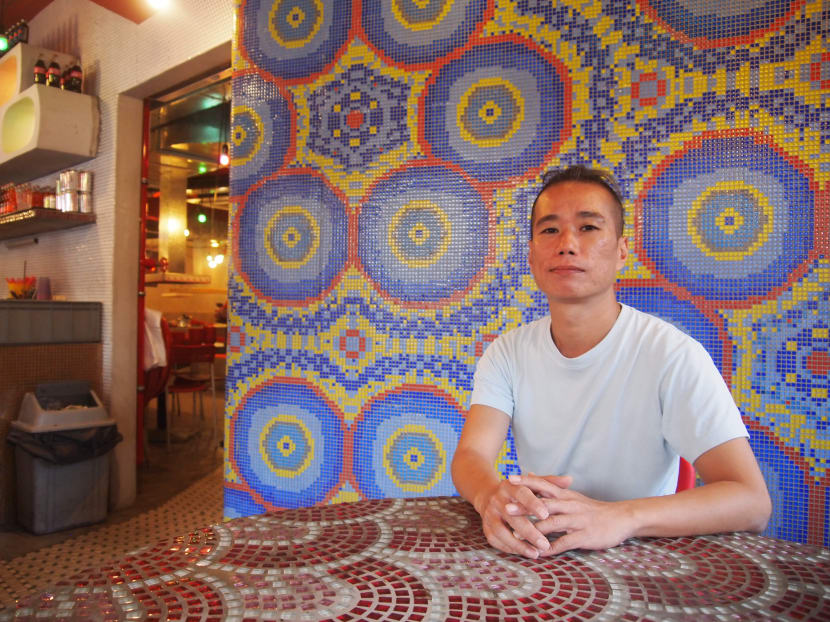



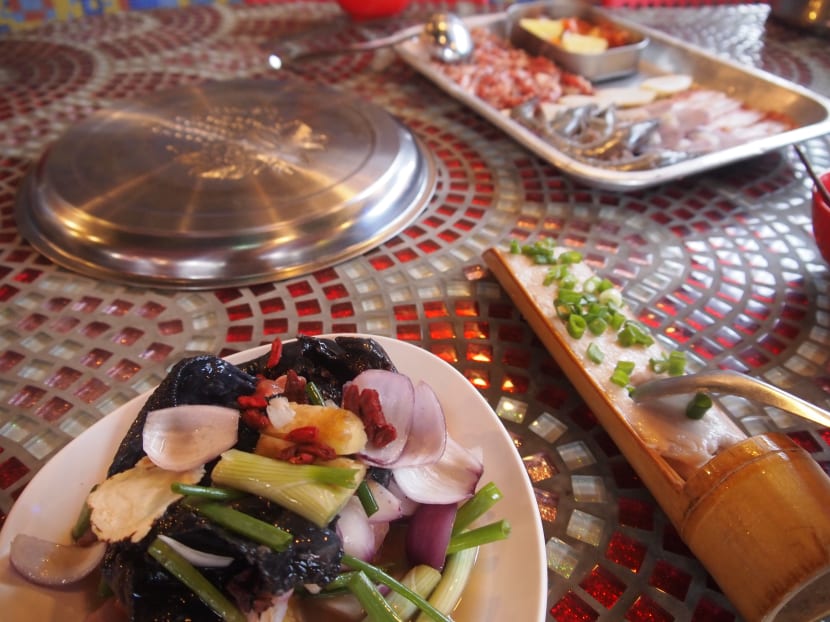
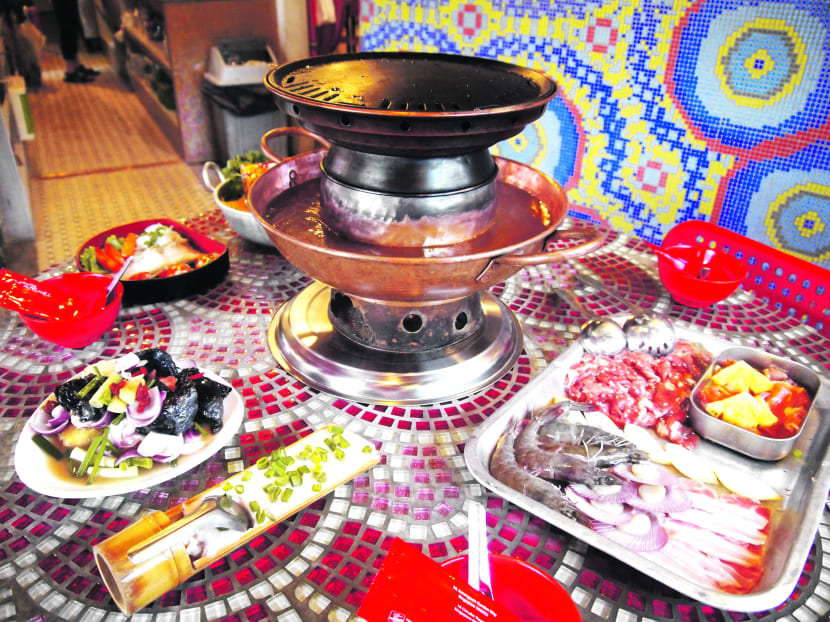
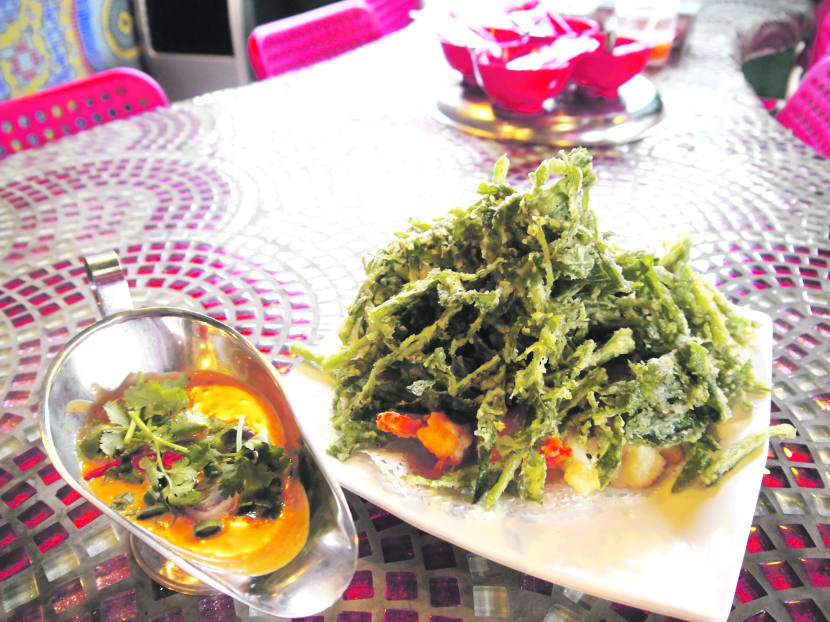
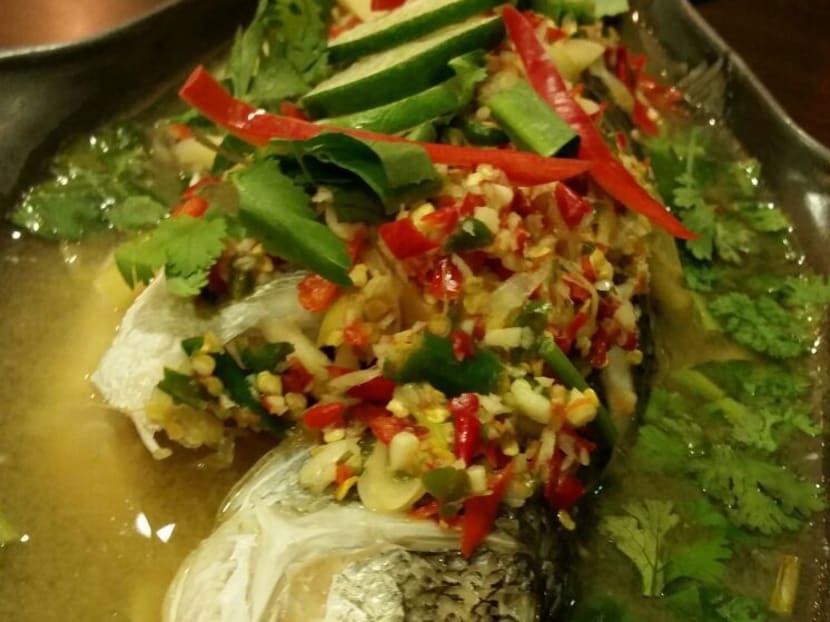

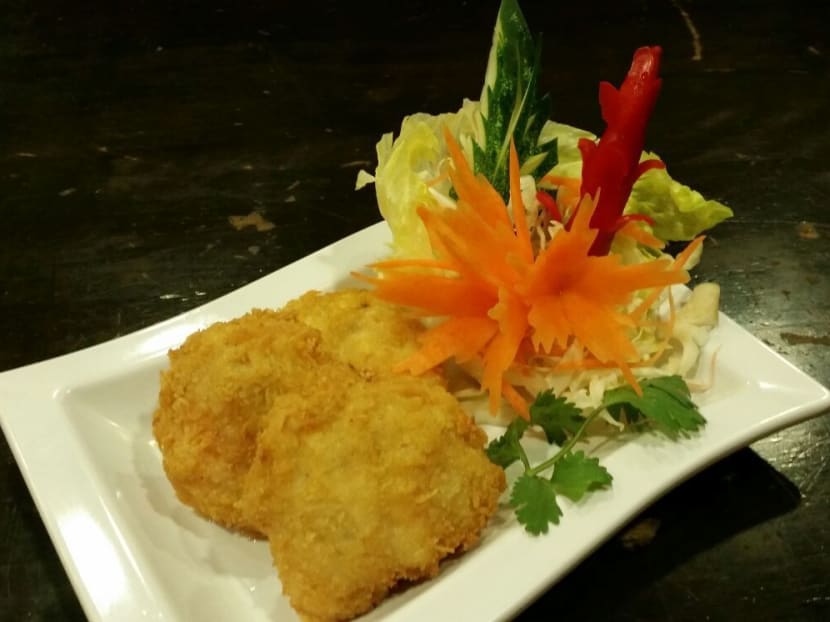
It used to be an occasional affair, but these days, getting your regular Thai fix no longer involves a weekend sojourn to the Land Of Smiles, or a trip to Golden Mile Complex (loosely known as Singapore’s Little Thailand).
Thai food eateries can be found around nearly every corner — or at least in every mall. Even so, more restaurateurs are now venturing into the suburbs in a bid to reach more diners.
Just look at Nakhon Kitchen Singapore, which is known for its affordable prices and snaking long queues during peak hours. What began as a humble outlet in Hougang back in 2008 is now a chain of five branches, including one at Ang Mo Kio Avenue 10 and another along Pasir Panjang Road, and a recently opened outlet in Marine Parade Central. The queues remain, in case you’re wondering.
The market’s love for the cuisine is unquestionable, which is also evident in John Sim’s decision for opening two-year-old Chang Thai on Bishan Street 11. The 31-year-old Singaporean loves Thai food and wanted to share it with others. “To me, Thai food always looks like a pretty expensive food option, so I wanted to make it somewhat affordable to people around the neighbourhood,” he said. “I also don’t see any good Thai food around the area,” he quipped.
Wong Siaw Seng, who opened Soi Thai Kitchen at Tampines Street 81 in 2011 and Siam Society at Jalan Riang in 2013, said he prefers heartland spots, as “it is a less stressful environment compared with town where there’s a lot of competition and pressure from commercial landlords”.
“They are also nearer to markets, and because it’s in the neighbourhood, customers are friendlier and we see more regulars,” added the 31-year-old Malaysian. There are also a lot of international schools in the vicinity of his restaurant at Jalan Riang, which he said helps in footfall.
Singaporean Joel Ong, chef-owner of three-year-old Rochor Thai, which was relocated from Joo Chiat to Novena in December last year, said he likes the location as it is centralised, close to the MRT and the rent is reasonable compared with those in town.
The question is, why is Thai nosh high up on the Singapore diner’s list these days? Owners say it is quite simply because people here can identify with the cuisine and its flavours.
Thai food, said Sim, is fairly similar to the foods Singaporeans grew up with. “(So) it fits Singaporeans’ taste. Singaporeans, in general, like spicy food.”
With people travelling to Thailand more often and learning more about Thai culture and its food, they are keener on eating it more often, added Wong, who said he has noticed the cuisine rise in popularity over the past five years. “It is also very similar to zi char, and has a communal feel to it that people can relate to,” he explained.
Still, Ong pointed out that while Thai food is catching on with the younger generation, some older folks are still not used to its strong flavours. This, he said, is why he is attempting to appeal more to the tastes of the former with new dishes that he felt they would be more willing to try.
NEW CRAVINGS
One particular Thai cuisine that is heating up here is mookata — a Thai barbeque-steamboat that uses pork lard to grease the metal skillet before grilling meats.
Kelvin Giam, 42, owner of Tom Yum Kungfu, said he didn’t see many mookata restaurants when he started his first outlet at Boat Quay eight years ago. But with its recent spike in popularity with the young and families, he opened his second outlet at Serangoon Gardens two years ago, after he felt that he had gained enough regular customers.
People are travelling more and now they want more authentic Thai food back home, noted Giam, whose father used to be a zi char chef. Tom Yum Kungfu’s eight chefs (split between the two outlets) are all Thai, while Giam himself has stayed in Thailand for a year.
As for why he chose to open in the heartlands, Giam said he liked the heritage-feel of the location. “After a few years in the business, I feel that our brand and our food are very strong. We didn’t need a lot of advertising (for the Serangoon Gardens outlet),” he added. “I’m not that worried, wherever I am located; as long as there’s a crowd and I maintain the food (standard) and try to improve it, I know I can make it.”
Christopher Tan, owner of one-year-old Mookata House, located at East Coast Parkway, said he started the restaurant to capitalise on the trend, as he found that people here liked it and could identify with its similarity with Chinese steamboat and Korean barbecue.
His main objective, however, was to introduce authentic Thai dishes, as he knew “that such trends may plateau after a bit and come down”. So three months after starting the restaurant, he began rolling out cooked dishes and expanding the menu.
Tan thinks Thai food is here to stay because it has a balanced mix of sweet, sour, salty and spicy, and serves as “an exotic alternative to Chinese cuisine”.
While acknowledging that there are more competitors now than before — whether it is mookata eateries or Thai food eateries — Giam believes “competition is good because it helps keep us stay ahead”. It stops them from becoming complacent and motivates them “to keep on being innovative and creative”, he added.
Pointing out that there are, similarly, chicken rice stalls everywhere, he said what matters is quality and how the business works on being able to stand out from the crowd. He does this by trying out new things, such as adding Thai Mama Noodles into the soup and having items such as homemade fish paste in bamboo, pork belly roll with cheese, and deep-fried kang kong.
Ong, who had also spent a year in Thailand studying the cuisine, said he tries to offer interesting offerings that cannot be found anywhere else. “If you go to Thai eateries here, at least eight out of 10 have the exact same items on the menu. They may be dishes that Singaporeans like, but they are not necessarily items that Thai people will eat, for example, pineapple rice and pandan chicken, he noted.
Ong, together with three Thai chefs, whip up dishes such as orange curry, pork collar and cabbage in fish sauce, which Thais really enjoy, but is not common in Singapore, he said. Instead of serving items that are tweaked or watered down to suit Singaporeans’ tastes, he prefers to find strong-flavoured yet well-balanced items that he feels Singaporeans would take to.
Ong plans to establish a restaurant-cum-live-entertainment venue ala Timbre, which would comprise Thai live music and food. But for now, he said he needs to work on maintaining the standards of his food and establishing his brand.
Tan, on the other hand, chose to differentiate his business by offering premium meats such as kurobuta pork and Wagyu beef as standard offerings in his sets. The restaurant’s head chef is Thai and has 20 years of experience cooking in Thailand, but the dishes they offer, such as the stir-fried wild boar in Thai black ginger and herbs (although kurobuta pork is used instead of wild boar), and black chilli sea bass are “relatively unknown dishes among Singaporeans”.
DESPITE THE CHALLENGES
Still, being outside of the central town area poses certain challenges for these owners, as they have to deal with less traffic. While they usually have no problems attaining full capacity on the weekends, they said, weekdays are usually slower.
Sim said it was tough trying to sustain the business initially, and he wanted to throw in the towel around six months into the business. But he changed his mind after customers encouraged him and told him they love his food.
Sim is also banking on the quality of his food and word of mouth to pull through. “People are coming back and my business is slowly improving. I’m at Bishan, but I have people telling me they come from Bukit Timah, Chinatown and Tampines, which are out of the way.”
His edge? The fact that he can “provide good Thai food in a restaurant setting, but at kopitiam prices”. “I have a lot of confidence in the quality of my food,” he said, pointing out that he has three chefs and an assistant helming the kitchen and they are all Thai.
Popular dishes include handmade prawn cakes and garlic honey chicken.
Wong, though, is faced with an additional problem, though not a particularly uncommon one. He feels that the lack of parking spaces at his Jalan Riang outlet may be a deterrent in drawing more diners. Still, business has been “pretty decent” and they are able to get by, he said.
“For me, I emphasise on service and quality control. Because I have only two shops, I monitor the food closely and make sure it is not watered down,” he added. Butter garlic mussels, deep fried chicken skin and yellow curry prawn at Siam Society are some of his signature dishes, which are less commonly found in Singapore, and his four chefs (two in each outlet) are from Thailand.
For Giam, business has been good for the second outlet, bolstered by both new and regular customers. In December, he moved his outlet to a space across the street, so that he could install air-conditioning for his customers.
“I will be here as long as I can. Sometimes I wonder if this is just a trend, but mookata has been around in Thailand for a very long time. As long as your taste is good, people will want to eat. They’ll miss your food and your service.” And that’s a good ethos to have no matter what cuisine you’re proffering.
Click to eat: For more delish deals and news on what’s hot on the scene, download the 8 Days Eat App at http://www16.mediacorp.sg/8days/8daysapp2.html.








